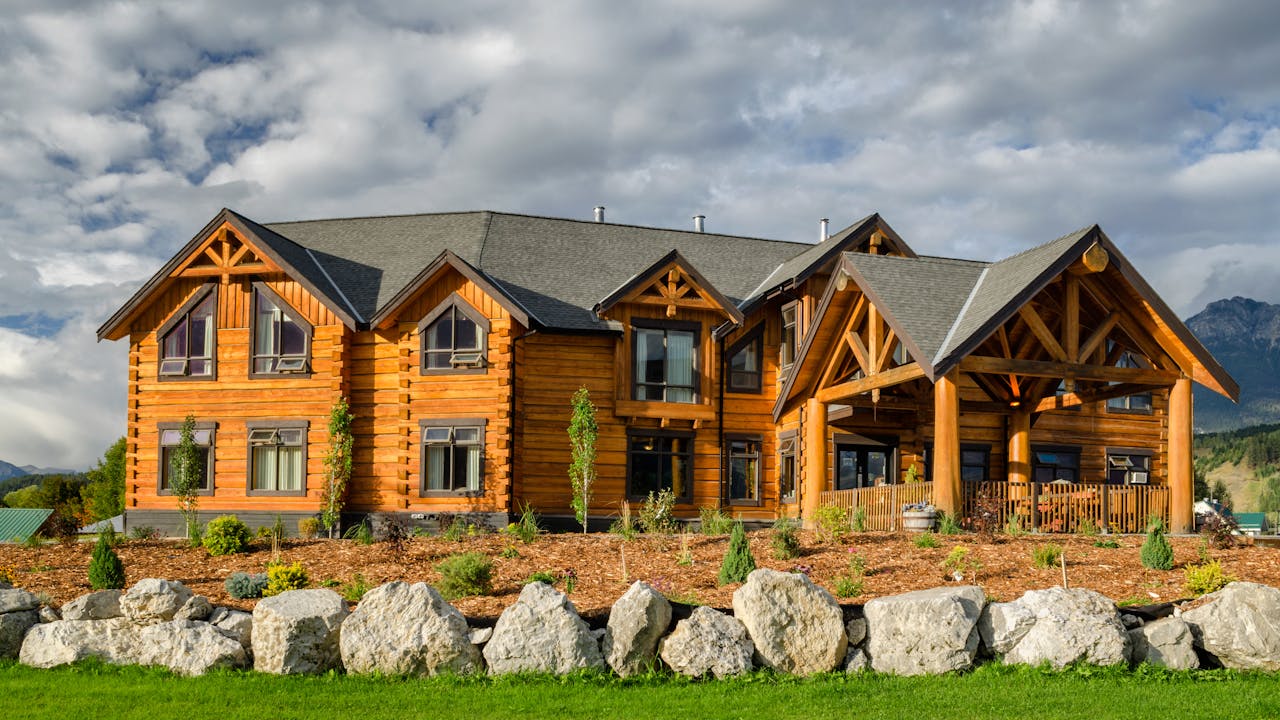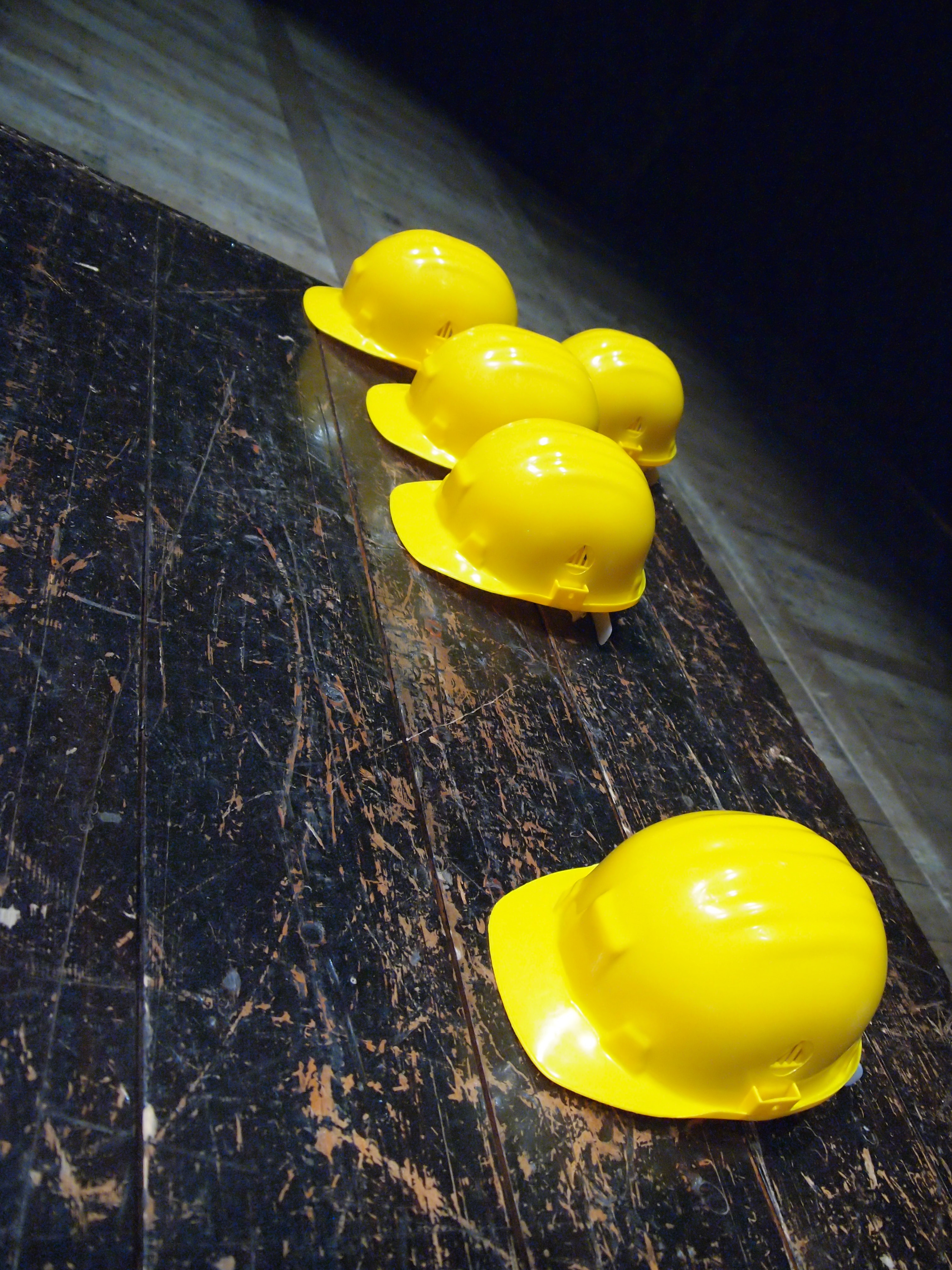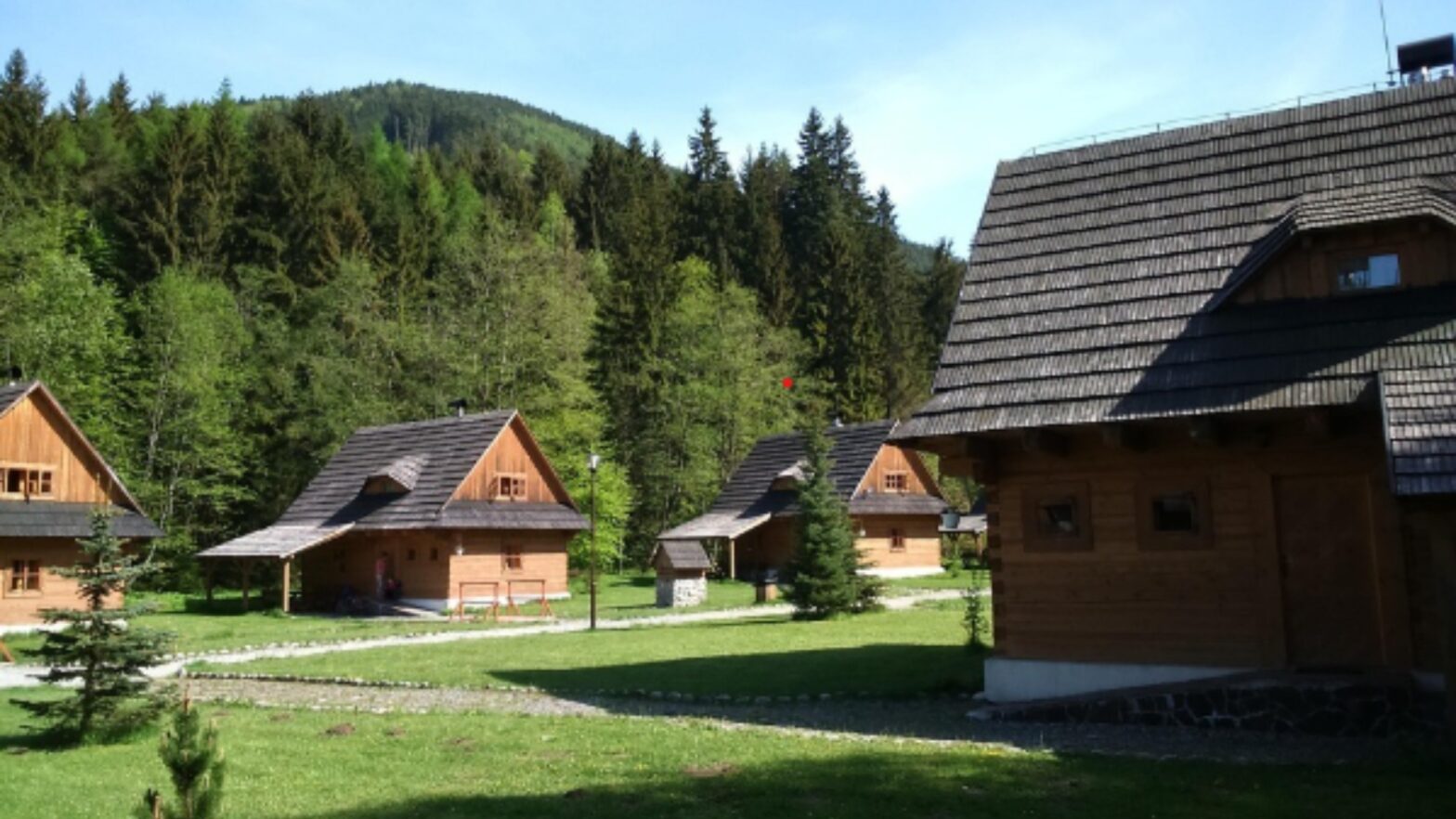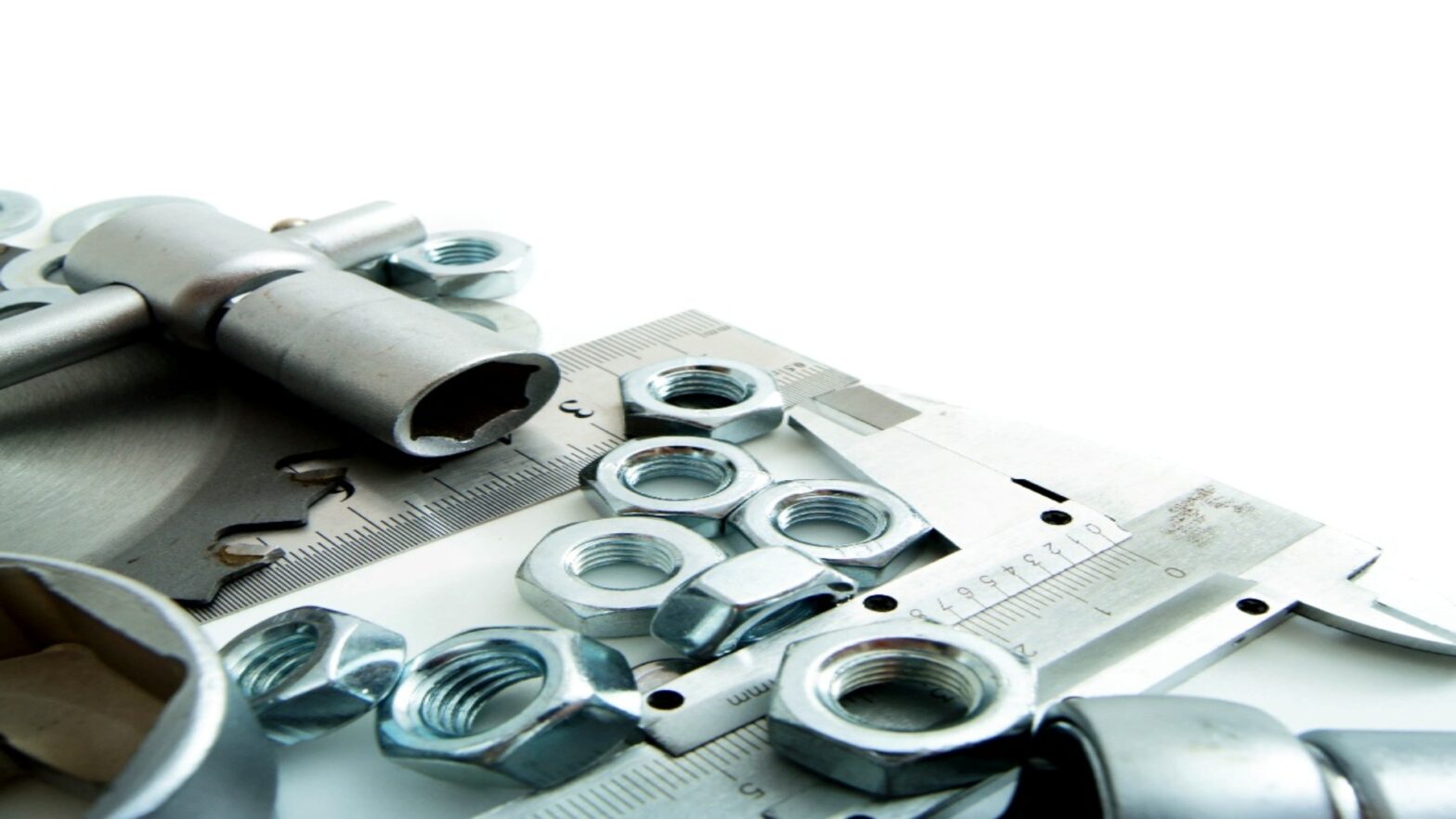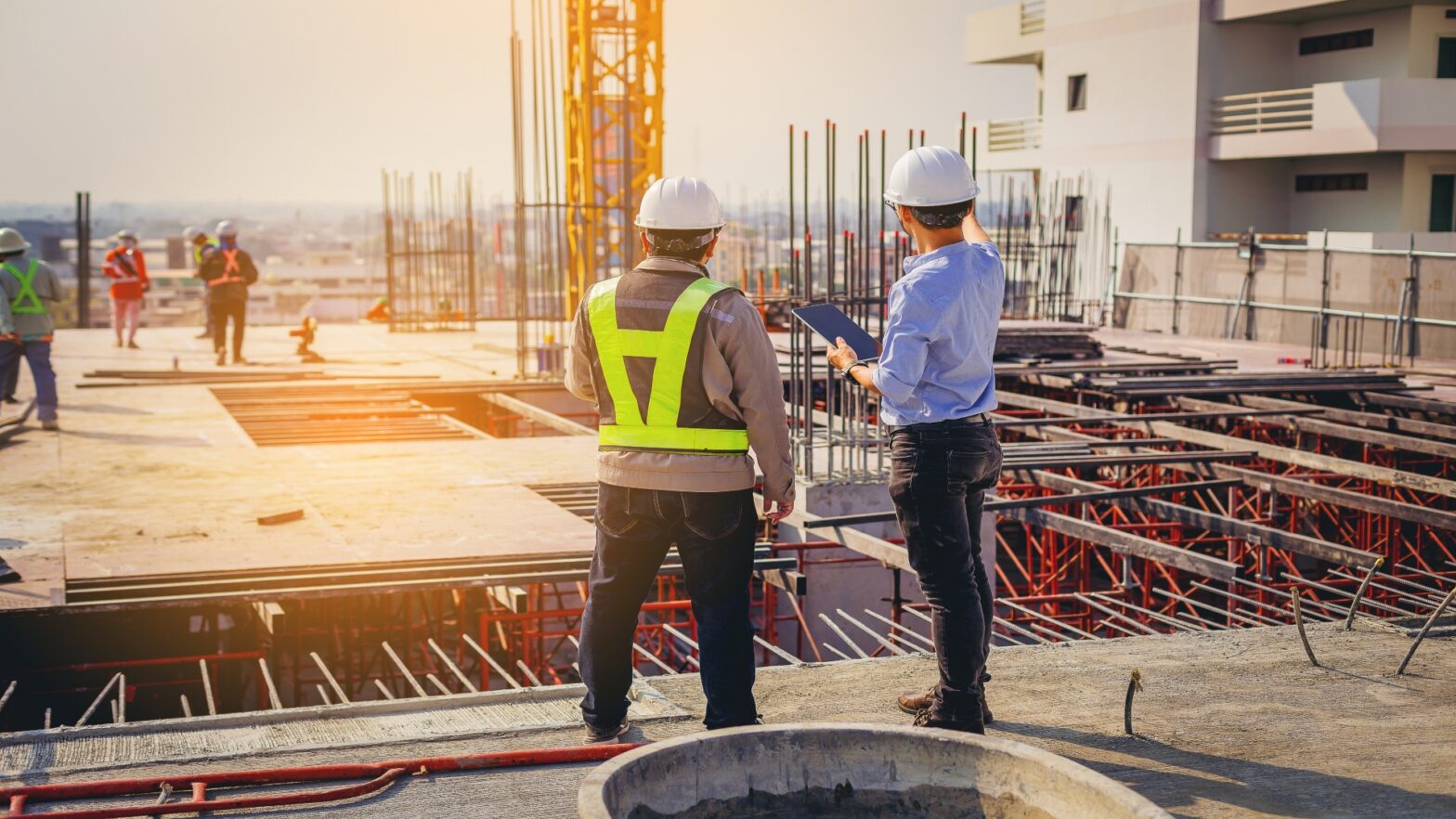2025 marks a turning point for construction. Cities demand lower carbon footprints, homeowners want healthier spaces, and investors now screen projects for climate risk. The response is a surge of Sustainable Building Materials that shrink emissions, conserve resources, and often trap carbon instead of releasing it. The eight trends below show how the next generation of buildings will rise—cleaner, lighter, and better for the planet.
1. Carbon‑Storing Concrete and Bio‑Cement
Traditional cement produces nearly a tenth of worldwide carbon pollution. New mineral‑binding methods flip that script:
- Seawater‑grown aggregates capture carbon during manufacturing, turning concrete into a net sink.
- Bio‑cement uses bacteria to form calcium carbonate at room temperature, side‑stepping the high‑heat kilns that drive most emissions.
- On‑site curing remains the same, so builders can switch formulas without buying new equipment.
The upshot? Foundations, bridges, and parking decks start life with a lighter environmental load—no design overhaul required.
2. Mass Timber Reaches for the Sky
Engineered wood panels, such as cross‑laminated timber (CLT), have moved beyond cozy cabins; today, in civil engineering Austin circles, mass‑timber systems are fast becoming the material of choice for downtown infill projects.
- Current building codes approve timber towers up to 18 storeys in many regions, including Texas’s capital.
- Factory‑cut panels show millimetre accuracy, which speeds assembly and reduces on‑site waste.
- Each cubic metre of wood locks away roughly one tonne of CO₂ absorbed during tree growth.
- Because timber weighs far less than concrete or steel, foundations shrink, cranes work quicker, and neighbourhood noise drops. Hybrid frames that blend a slim steel core with timber floors are already shaving months off project schedules.
3. Green Steel Gains Momentum
Steel delivers strength and long spans, but blast furnaces run on coal. Cleaner pathways include:
- Electric‑arc furnaces that melt scrap using renewable power.
- Hydrogen direct‑reduction that swaps natural gas for green hydrogen, cutting almost all process emissions.
- Recycled‑content rebar carrying certified Environmental Product Declarations (EPDs).
Switching to green steel does more than trim carbon. It also provides a hedge against future carbon taxes and helps owners meet corporate net‑zero commitments without sacrificing structural performance.
4. Mycelium Insulation Grows on Waste
Fungi’s root network, or mycelium, acts as a natural glue when fed agricultural leftovers:
- Panels grow in moulds at ambient temperatures, consuming minimal energy.
- Finished boards score well on fire resistance and sound dampening.
- At end of life, they can compost back into soil instead of clogging landfills.
Installers treat mycelium boards like standard batt insulation—cut, fit, and staple. The difference lies in the lifecycle: from farm waste to finished wall, no toxic foams or long‑distance mining occurs.
5. Straw, Hemp, and Other Crop‑Based Panels
Farm fields offer more than food. Compressed‑straw boards, hemp‑lime blocks, and rice‑husk sheets turn annual harvests into durable building shells:
- Negative‑carbon footprints arise because fast‑growing plants keep drawing in CO₂ each season.
- Panels reach thermal conductivities on par with mineral wool.
- Prefabricated modules slide neatly into timber frames, keeping wall thickness reasonable.
For added moisture safety, builders often pair crop panels with a breathable exterior plaster. The result is a cosy, toxin‑free envelope that stores carbon for decades.
6. Recycled Plastic Bricks and Composites
Plastic waste piles up worldwide; innovative firms now press that waste into sturdy blocks:
- Mixed plastics are ground, heated, and compressed into interlocking bricks.
- Products weigh a fraction of concrete but handle comparable loads in low‑rise structures.
- Built‑in pigments mean no exterior paint, and surfaces resist rot and insects.
While fire codes still require protective cladding in occupied spaces, recycled plastic masonry shines in landscaping, garden walls, and auxiliary buildings. Every square metre diverts kilograms of litter from oceans and dumps.
7. Phase‑Change Thermal Materials (PCMs)
Controlling indoor temperatures often means running heaters and chillers around the clock. PCMs store heat as they melt and release it as they solidify:
- Wallboards infused with bio‑based waxes absorb afternoon warmth, flattening peak loads.
- Ceiling tiles do the same for rising air, pairing well with nighttime ventilation.
- Window inserts filled with salt hydrates let glass surfaces act as invisible thermal batteries.
Because PCMs work passively, they cut energy bills without moving parts, sensors, or software. Designers simply place them where temperature swings are greatest.
8. Smart Electrochromic Glass
Imagine windows that tint automatically when sunlight grows harsh. Electrochromic glass delivers just that:
- A low‑voltage current shifts ions within the glass, darkening the pane in minutes.
- Interior comfort improves: less glare, lower cooling demand, and unbroken views—no blinds.
- Connected controls let facility managers fine‑tune light levels room by room.
Falling prices now make dynamic glazing feasible for schools, offices, and homes, not just luxury projects. By trimming solar heat gain, it complements smaller HVAC systems and boosts overall building efficiency.
Cross‑Cutting Themes
Three ideas tie these trends together:
- Carbon mindset: Materials that either avoid emissions or lock carbon away have moved from “nice to have” to “must have.”
- Circular economy: Waste streams—from farm by‑products to plastic—feed new products, closing loops and saving raw resources.
- Prefab precision: Factory settings yield tighter tolerances, quicker installation, and less scrap on‑site.
Tips for Selecting Sustainable Building Materials
- Request EPDs early. These documents quantify embodied carbon and help compare options.
- Balance performance with context. A cold‑climate home may benefit more from PCM walls than electrochromic glass, for example.
- Think end‑of‑life. Choose products that can be reused, recycled, or safely returned to nature.
- Engage suppliers. Ask about renewable energy in factories and recycled content percentages. Transparency drives improvement.
Looking ahead
The future of construction is low‑carbon, circular, and data‑driven. By choosing Sustainable Building Materials like carbon‑storing concrete, mycelium insulation, or smart glass, today’s projects lay the groundwork for a healthier planet. These materials demand no sacrifice in strength, safety, or style—they simply deliver more with less impact.
Firms like Pape-Dawson Civil Engineering Company are already leading this transition, integrating these materials into projects that prioritize resilience and sustainability. As 2025 unfolds, expect them to shift from cutting‑edge options to the new normal on job sites everywhere.












